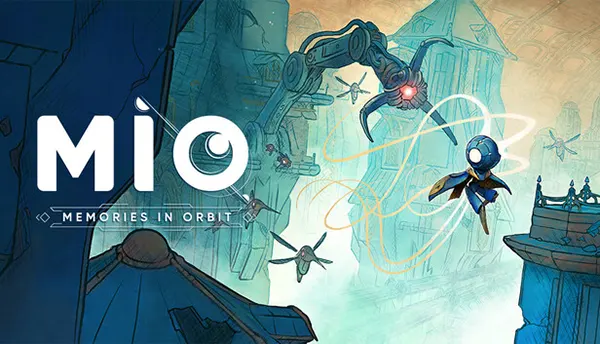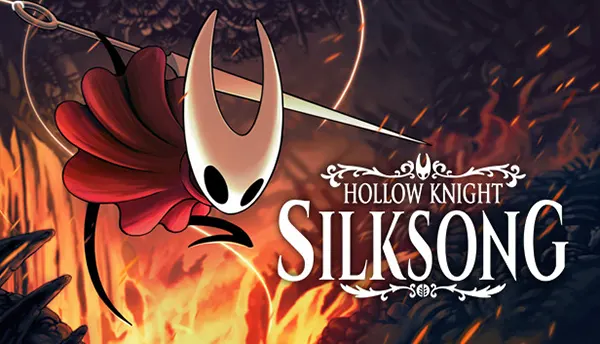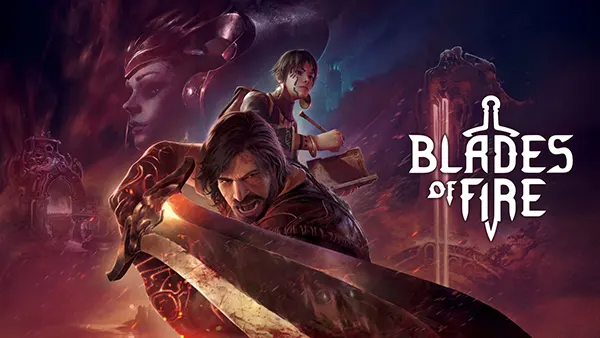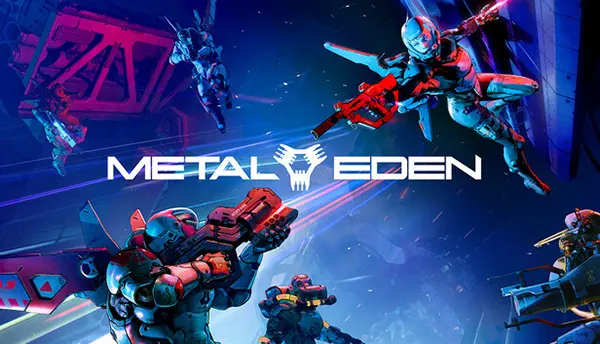MIO: Memories in Orbit — an in-depth look at the atmospheric Metroidvania project for PS4/PS5 and its prospects among 2025 indie releases

MIO: Memories in Orbit has become one of the most talked-about indie titles announced for 2025, offering a distinctive mix of platform exploration, environmental storytelling and meticulous world-building. Developed by the French studio Lighthouse Games, the project centres on an android awakening inside a colossal derelict spaceship, gradually regaining functions and skills while uncovering the vessel’s fractured history. With its launch planned for PS4 and PS5, the game stands out through its detailed art direction, meditative pacing and tight movement design that aims to balance accessibility with depth.
The artistic identity and world structure of MIO
The visual direction of MIO draws heavily from European sci-fi comics and late-industrial architecture. Environments are rendered through layered 2D artwork with soft lighting and hand-drawn elements that give each area a grounded, tactile feel. This approach supports a narrative that relies on environmental cues rather than exposition, allowing the world to communicate themes of abandonment and gradual recovery.
The game’s structure follows the Metroidvania tradition but emphasises thematic consistency over sheer scale. Each sector of the abandoned ship is designed with a specific purpose in its fictional ecosystem, from maintenance tunnels to biotechnical laboratories. These zones remain interconnected through cleverly placed shortcuts and traversal abilities that expand as the protagonist’s systems reactivate.
One of the most notable design choices is the restrained use of combat. Rather than relying on high-intensity encounters, the developers place focus on mobility, timing and utility-based tools. According to public development notes from 2024–2025, Lighthouse Games adjusted several movement modules to improve the sense of flow on PS5 while ensuring that PS4 performance remains stable at 60 FPS.
Exploration mechanics and progression systems
The protagonist’s progression is structured around regaining dormant functions instead of acquiring external gear. These restored modules influence movement, perception and interaction with the environment, creating a natural link between narrative and gameplay. For example, diagnostic sensors enable hidden pathways to become visible, while kinetic amplifiers support advanced traversal options.
Backtracking follows a purposeful design philosophy. Revisited areas reveal new layers of information through audio fragments, visual anomalies and system logs scattered throughout the ship. This encourages players to observe environmental patterns and piece together the timeline of the vessel’s decline.
Platforming challenges evolve gradually rather than spiking sharply. Early segments focus on rhythm and spatial precision, whereas later areas introduce multi-stage hazards that require combining several restored abilities. This pacing keeps the experience engaging without overwhelming players on older hardware such as the PS4.
The narrative approach and themes explored in the game
The story of MIO revolves around fragmented memory and the relationship between autonomy and programmed purpose. Instead of following a linear script, the plot is presented through small discoveries that collectively form a broader picture of the ship’s former inhabitants and their technological experiments.
Characters are introduced through recordings, structural remains and malfunctioning systems that reflect their creators’ intentions. The narrative avoids melodrama and instead focuses on atmosphere and quiet tension, allowing players to interpret events based on available evidence rather than predetermined explanations.
By 2025 standards, MIO reflects a growing trend in indie development toward reflective science fiction. Its subdued tone aligns with the studio’s stated mission to create experiences built on immersion and thoughtful worldcraft rather than spectacle. This positions the game as a strong contender in a year filled with narrative-driven indie projects.
How MIO integrates storytelling into gameplay
Environmental design plays a central role in conveying the narrative. Every corridor, workstation and damaged subsystem is deliberately placed to represent a moment in the ship’s history. These elements act as silent witnesses, guiding players to draw logical connections between past events and present conditions.
The android’s memory recovery mechanics are another key narrative device. Each restored function includes contextual information that adds further depth to the setting. Instead of lengthy cut-scenes, the game relies on these brief system notes to provide grounded insights into the protagonist’s origins.
This minimalistic yet rich delivery fits comfortably within the Metroidvania genre, where exploration and discovery naturally support world-building. The result is a cohesive interplay of mechanics and storytelling that feels carefully constructed rather than imposed.

Technical performance and expectations for the 2025 indie landscape
Public demonstrations from late 2024 and early 2025 indicate that MIO aims for stable performance across both PS4 and PS5. The PS5 version benefits from faster loading, higher-resolution assets and improved lighting transitions, while the PS4 edition focuses on maintaining fluid movement and responsive controls without sacrificing core visual fidelity.
The developers have highlighted the use of lightweight shaders and optimised parallax systems to ensure smooth transitions between interior zones. These technical decisions allow the team to maintain the game’s strong artistic identity without compromising responsiveness, which is essential for a precision-based side-scroller.
Within the broader 2025 indie ecosystem, MIO distinguishes itself through its unified artistic vision, mechanical clarity and commitment to atmospheric storytelling. As Metroidvania titles continue to evolve, this project demonstrates how careful execution and well-defined themes can elevate a release beyond genre expectations.
The place of MIO among 2025 Metroidvania and indie releases
Industry interest suggests that MIO may become one of the most discussed indie titles of 2025, especially among players who appreciate intentional design and slower pacing. Its focus on subtlety and coherence makes it stand out in a catalogue increasingly filled with high-action interpretations of the Metroidvania format.
The game also contributes to the ongoing diversification of the genre. By prioritising atmosphere, narrative fragments and grounded world-building, it broadens the range of experiences available on PS4 and PS5. This is particularly relevant as the PS4 enters its later lifecycle yet remains widely used.
If Lighthouse Games successfully delivers on its artistic and technical goals, MIO could secure a lasting place among the most memorable indie productions of 2025. Its trajectory reflects a thoughtful approach to development, suggesting the studio aims to create not only an engaging adventure but also a meaningful piece of interactive fiction.




